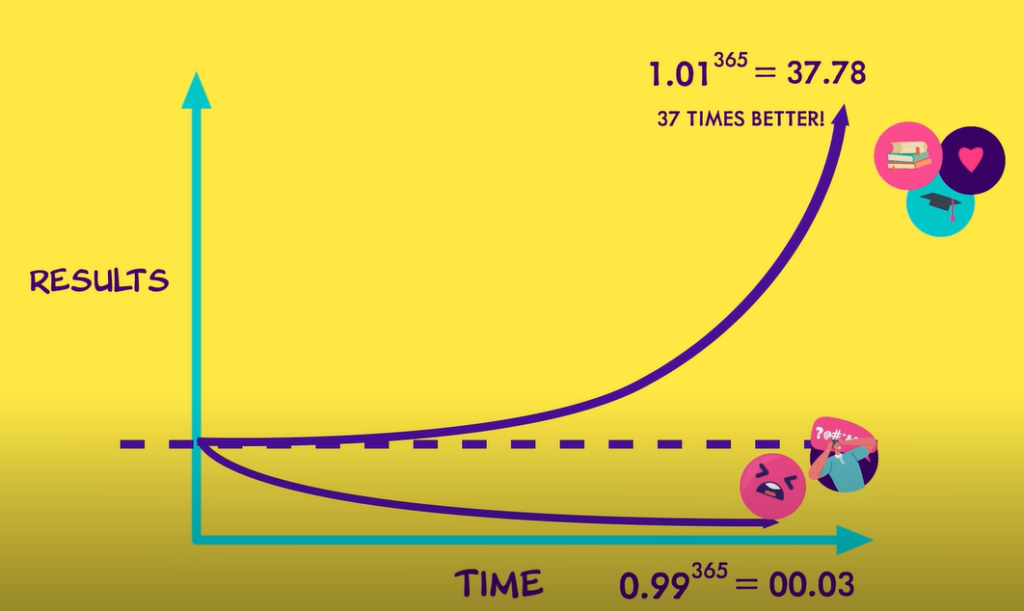
In the journey of life and the pursuit of our goals, setbacks and obstacles are inevitable. Traditional perspectives have often painted failure in a negative light, as a halt in progress or a mark of inadequacy. However, embracing a more positive and constructive outlook towards failure can transform our experiences and lead to profound personal and professional growth. This post explores the idea that we should never see failure as just that, but rather as something from which we learned what didn’t work. It’s an opportunity to refine our strategies, expand our knowledge, and strengthen our resilience.
The Learning Perspective
Thomas Edison’s famous quote, “I have not failed. I’ve just found 10,000 ways that won’t work,” perfectly encapsulates the essence of seeing failure as a learning opportunity. Each attempt, regardless of its outcome, is a step forward in our understanding and development. This perspective encourages a mindset of experimentation, where the fear of failure is replaced by curiosity and the drive to explore. By reframing failure as a necessary part of the discovery process, we free ourselves from the paralysis of perfectionism and open the door to innovation and creativity.
Failure as a Stepping Stone
The journey to success is rarely a straight line. It’s often a winding path filled with setbacks and detours. Viewing failure as a stepping stone rather than a roadblock allows us to maintain momentum and stay aligned with our goals. Failures are only failures when we perceive them as such. If we choose to see them as valuable lessons, they become integral to our story of success. This shift in perception not only enhances our resilience but also enriches our narrative, adding depth and authenticity to our accomplishments.
Cultivating Resilience
Resilience is the ability to bounce back from setbacks and continue moving forward. By embracing failures as lessons, we build a robust psychological foundation that supports resilience. This approach teaches us that setbacks are temporary and that persistence and adaptability are key to overcoming challenges. A resilient mindset appreciates the value of failure in strengthening character and sharpening focus. It acknowledges that growth often comes from discomfort and that enduring the process is essential for achieving meaningful outcomes.
Fostering a Culture of Growth
Individuals who view failure as a learning opportunity contribute to a culture of growth, both in their personal lives and within their communities or organizations. This culture encourages taking calculated risks, promotes continuous learning, and supports innovation. It creates an environment where people feel safe to experiment, share their experiences, and learn from each other. Such a culture not only accelerates personal development but also drives collective progress and success.
Practical Steps to Reframe Failure
- Embrace a Growth Mindset: Believe in the capacity to learn and grow from every situation.
- Analyze and Reflect: After a setback, take time to analyze what happened and reflect on the lessons learned.
- Adjust Your Strategy: Use the insights gained to adjust your approach and try again.
- Celebrate Learning: Recognize and celebrate the knowledge and experience gained from each attempt.
- Share Your Experiences: By sharing your journey, including the setbacks, you help normalize failure as part of the learning process and inspire others to persevere.
Conclusion
seeing failure not as an end but as a part of the learning process reshapes our journey towards our goals. It transforms our relationship with setbacks, enabling us to approach challenges with resilience, creativity, and a deeper understanding of success. Remember, failures are only failures when you perceive them as such. With each lesson learned, you are one step closer to your aspirations. Let us embrace our failures, not as obstacles, but as invaluable steps in our journey of growth and discovery.




